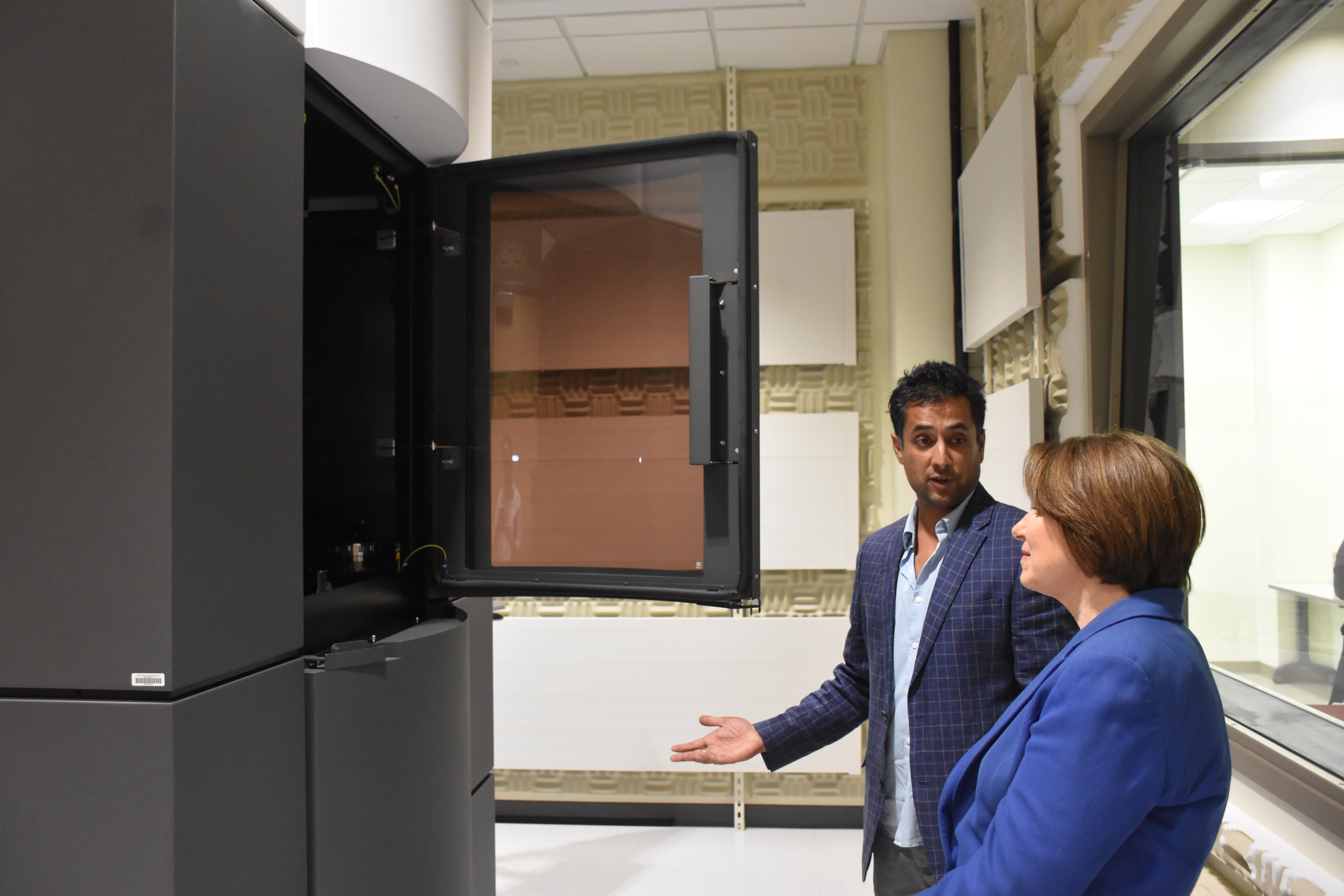Kitty finally gets a home
Published 10:12 am Friday, April 22, 2011

Foggy is one of five cats who have spent around the last five years at the Mower County Humane Society. -- Eric Johnson/photodesk@austindailyherald.com
Foggy the cat is sitting pretty after spending six years at Mower County Humane Society.
The lovable feline, renamed Foxy, used to be the longest-tenured cat at MCHS before being adopted by Robin and Rob Hanson last week.
“She’s doing amazingly well,” Robin said. “She’s been nothing but totally loving, sweet, and cuddly. It’s just amazing how they can act so different.”
Foxy didn’t used to be so cuddly. She’d spent practically her whole life at the humane society, coming in off the street in the middle of a fog, and was a little testy with other kitties at first. She socialized well and was very patient but no one ever came to adopt her. The Hansons adopted Tabitha, the previous record-holder for longest-tenured cat, back in 2009, and were looking to do something about Foxy’s plight.
“It’s like someone had to give her a chance,” Robin said.
After asking friends and acquaintances about adopting some of the tenured cats at MCHS, Robin convinced her husband to adopt Foxy, who’s had no problems adjusting to her new home thus far with three other kitties.
That’s because the Hansons took MCHS volunteers’ advice when it comes to helping a cat settle in its home. According to MCHS volunteer Kelly Rush, it takes a lot of patience to help a cat get situated if it’s been in a shelter for a long time. A good owner will put an institutionalized kitty in a room of its own for the first few days, letting it feel safe and in command of its surroundings before slowly introducing it to other pets and family members.
“When you take a cat that’s been at one place for a time like that, you have to allow a cat to adjust to that home,” Rush said.
Kitty overflow
There are still plenty of cats up for adoption at MCHS, according to Rush. Adoptions were unusually slow going late last year, to MCHS volunteers’ chagrin.
Normally, adoptions would pick up during the fall months, but there weren’t nearly enough adoptions to off-set a large incoming class of cats off the streets and from the city animal shelter.
Even though adoptions are up, there are still more than 100 cats at MCHS, which makes kennel space, supplies and air quality large issues.
“As far as accepting new cats in, that would be going pretty slow,” Rush said.
Extra kennels are being taken down, as there’s simply not enough room and volunteers to keep spaces clean and cats taken care of.
The winter is especially harsh, as MCHS volunteers take cats in off the street who’d otherwise freeze to death.
Volunteers are hoping they can get the MCHS cat population down to about 90 or so cats, which would ease their supply strain and improve kitty care quality. To publicize themselves, they’ve got a couple of fundraisers and shot clinics in the near future, with a reduced price shot clinic on April 30 at the Austin Vet Clinic and an already-full spay and neuter clinic done by MN SNAP, a traveling vet group which helps control the cat population.
Foxy is sure to be missed, although there’s still plenty of other kitties to take her place. Orange-striped twins Bob and Tom have taken over as the longest-tenured cats around, a title they’d give up for a good home. After all, they could adapt just as well as Foxy did. Robin said Foxy has done nothing but be petted, brushed and played with immediately after she came home, without any strain. She’s going to be introduced to her three roommates Callie, Tabitha and Dakota this weekend, who Robin suspects will welcome her without issue.
“People would be amazed at how (these cats) come home and act,” Robin said. “You give these cats a chance and they’ll just floor.”


